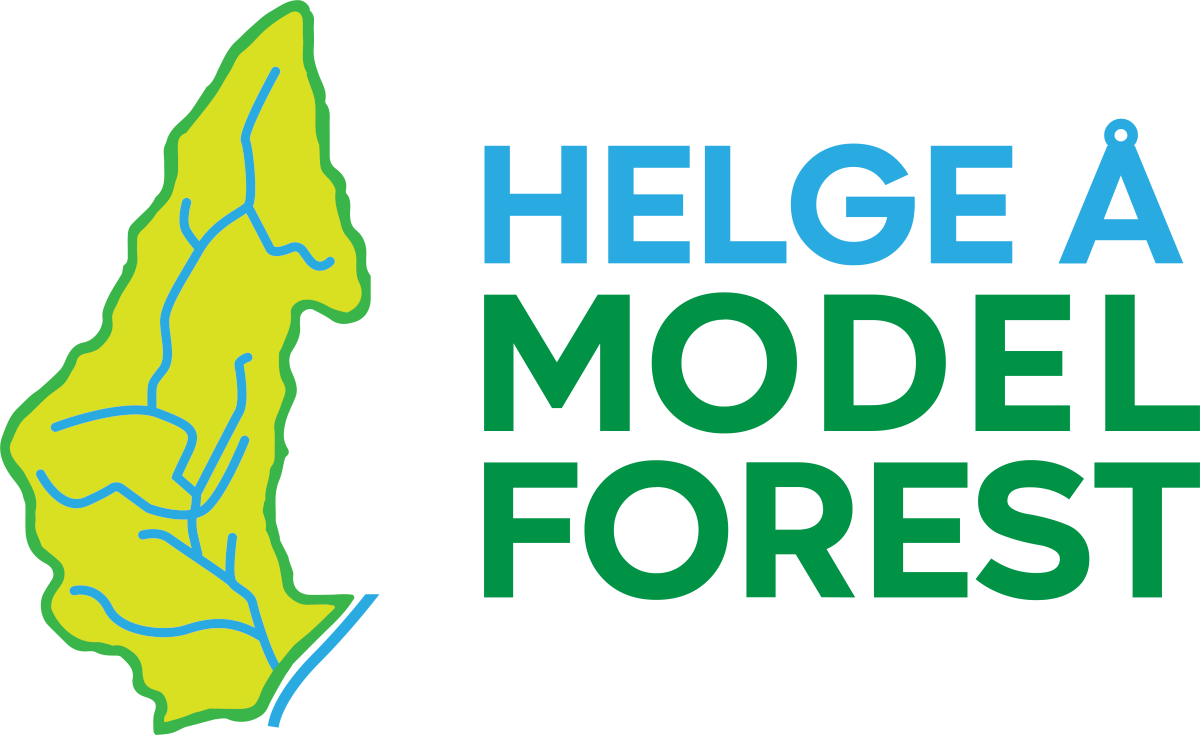Helge å Model Forest Key Issues
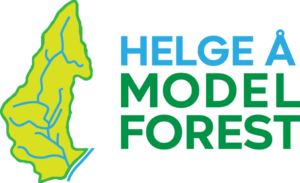
What are the Key Issues in this Plan?
The strategic plan for Helge å Model Forest identifies several key issues crucial to the sustainable development of the region:
- Streaming Water: Addressing the impacts of water flow modifications and ensuring the sustainability of aquatic ecosystems.
- Brownification: Tackling the increasing brown coloration of water bodies, which affects water quality and ecosystem health.
- Local Development: Promoting sustainable rural development that leverages the landscape’s natural and cultural resources.
- Green Infrastructure: Enhancing natural forest values through the development of green infrastructure that supports biodiversity and ecosystem services.
- Peri-urban Nature and Participatory Planning: Fostering the integration of natural landscapes into urban planning to enhance recreational and ecological values.
- Knowledge Dissemination and Research: Facilitating the exchange of knowledge and supporting research to inform sustainable management practices.
These issues reflect the complex interplay between environmental, social, and economic factors in the Model Forest area, guiding the collaborative efforts of stakeholders towards a sustainable future.
Streaming Water
Managing Streaming Water for Sustainability
The Helge å Model Forest is confronted with the challenge of managing streaming water in a way that balances ecological integrity, hydroelectric power generation, and recreational uses. This key issue focuses on enhancing the quality and natural dynamics of water flow within the river system. Stakeholders are working together to find innovative solutions that mitigate the impact of hydropower on aquatic ecosystems, promote biodiversity, and ensure that the river remains a vibrant resource for sport fishing, tourism, and local community enjoyment. Through restoration projects and sustainable management practices, the aim is to achieve a harmonious coexistence between human activities and the natural flow regimes essential for a healthy aquatic ecosystem.
Achievements: The Helge å Model Forest has made commendable progress in stream water management, with several restoration projects successfully implemented. Collaborations have led to tangible results, including habitat restoration and the development of spawning grounds, enhancing the ecological integrity of local water bodies.
Challenges: Despite initial successes, the continuation of certain initiatives has been hindered by funding limitations and changing political landscapes. The need for a cohesive approach to integrate energy production with environmental objectives remains.
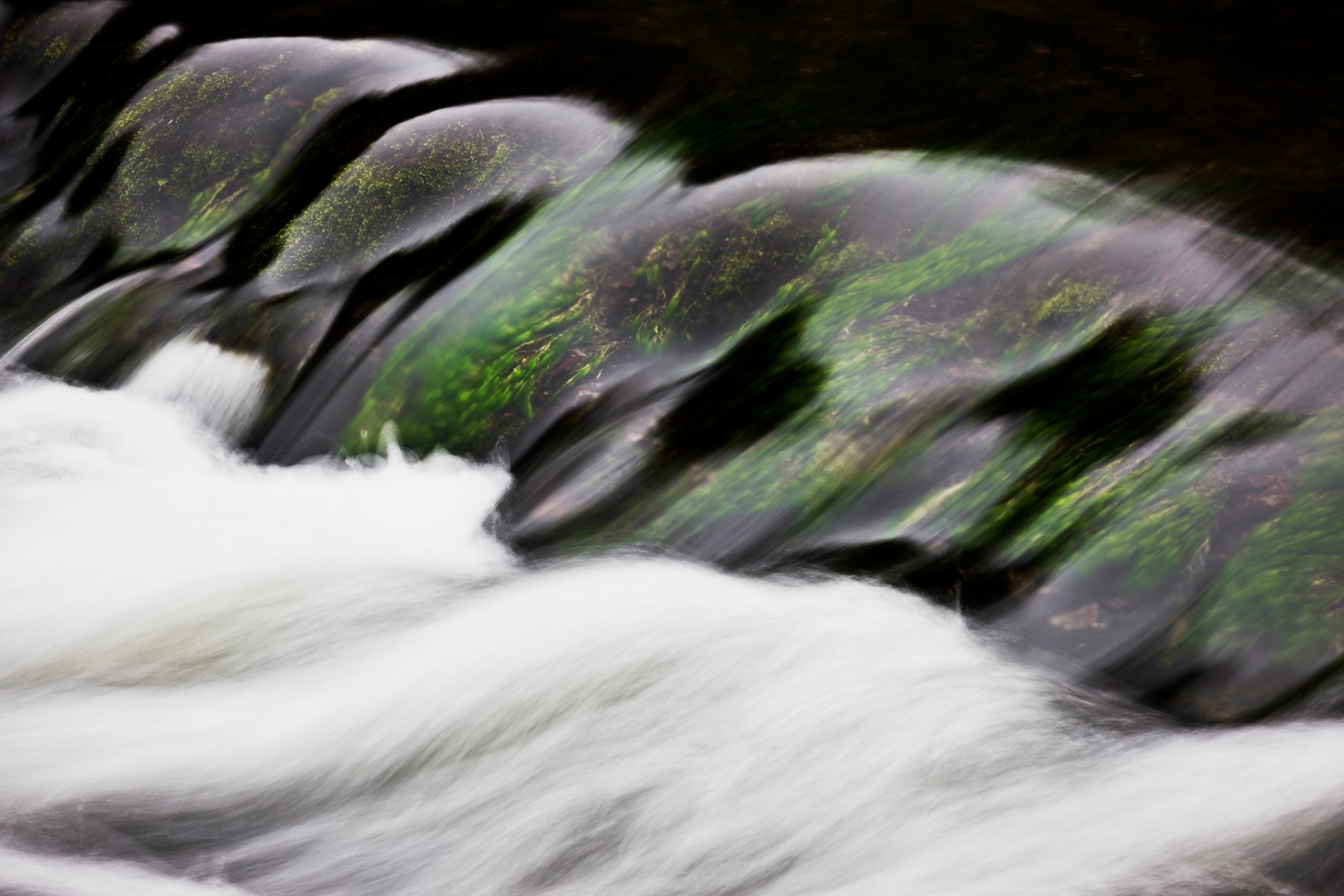
Brownification
Addressing the Challenge of Brownification
Brownification, the process leading to increased water coloration due to organic matter, poses a significant challenge for the Helge å Model Forest. This phenomenon affects not only the aesthetic value of water bodies but also their ecological function and the services they provide. Stakeholders are engaged in understanding the root causes of brownification, ranging from land use changes to climate impacts, and are exploring measures to mitigate its effects. Efforts include enhancing land management practices, restoring wetland areas, and promoting best practices in forestry and agriculture to reduce runoff and improve water quality.
Achievements: Significant advancements have been made in understanding the factors contributing to water browning. Collaborative efforts with research institutions and dissemination of knowledge through workshops and publications have laid the groundwork for future action.
Challenges: While progress has been made in identifying the causes of brownification, the development of a comprehensive toolbox of mitigation measures is still underway, awaiting conclusive research findings.
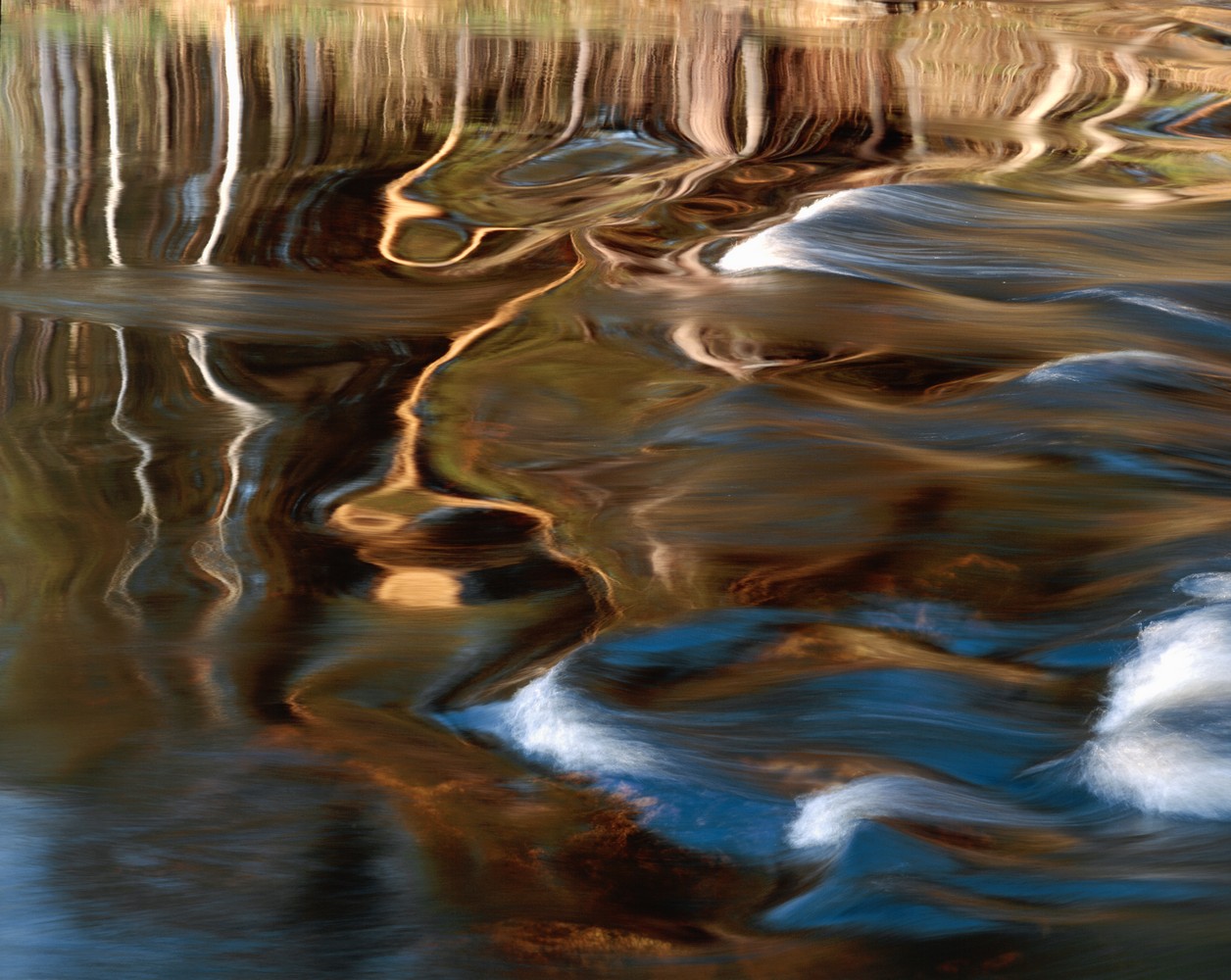
Local Development
Fostering Sustainable Local Development
Local development within the Helge å Model Forest focuses on harnessing the area’s natural and cultural assets to create sustainable economic opportunities for communities. Initiatives aim to promote eco-tourism, support small-scale forestry and agriculture, and enhance the value of local products and services. By leveraging the unique characteristics of the Model Forest, the project seeks to provide a blueprint for rural development that maintains the ecological balance and supports the social fabric of the region.
Achievements: The Model Forest has fostered effective collaborations among local actors, leading to the development of visitor destinations and enhanced rural tourism. Projects like the natural and cultural heritage path in Delary demonstrate the potential for community-driven development.
Challenges: Expanding successful models to other areas and ensuring sustainable rural development remains an ongoing effort, requiring continued stakeholder engagement and innovative approaches.
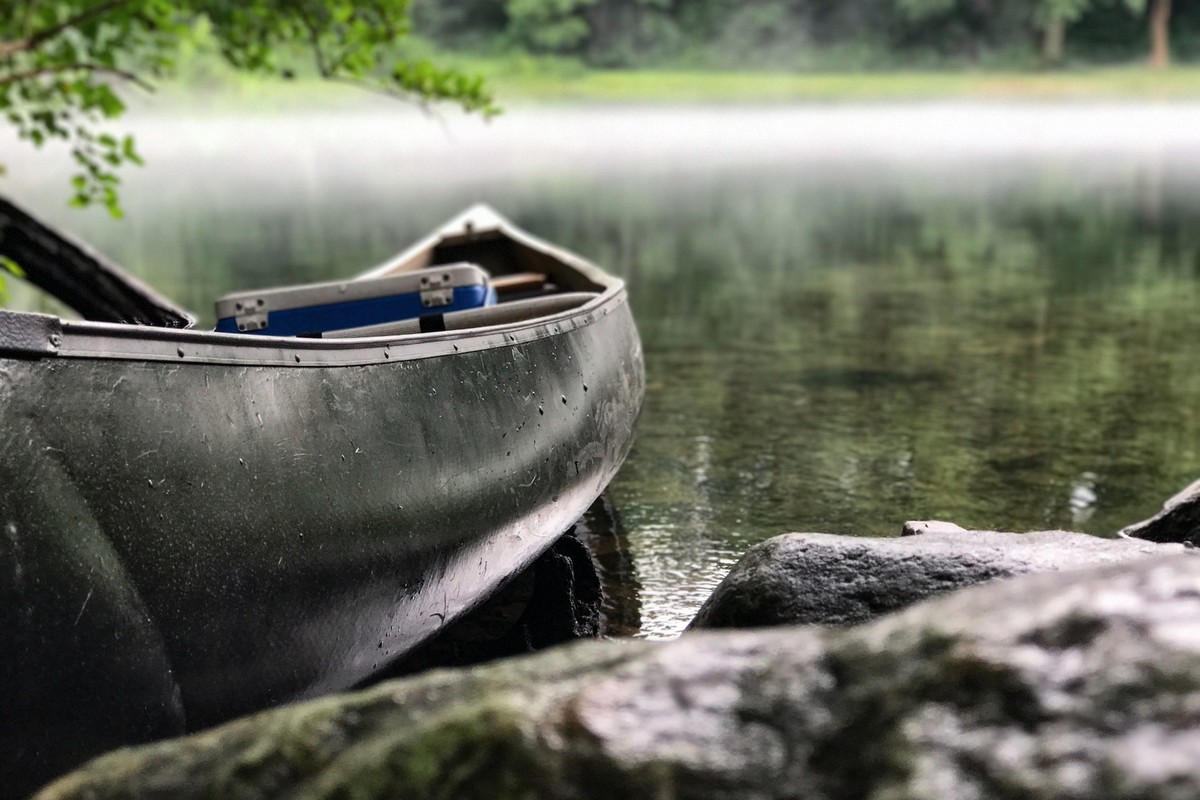
Green Infrastructure
Building Green Infrastructure for Forest Values
The Helge å Model Forest initiative places a strong emphasis on developing green infrastructure that supports hardwood forest values, particularly those associated with oak and other significant species. This approach aims to create interconnected habitats that enhance biodiversity and ecosystem services, such as carbon sequestration, water regulation, and recreational spaces. By implementing conservation measures and sustainable management practices, the project strives to ensure the long-term viability of these critical forest resources.
Achievements: Awareness of the importance of broadleaf species like oak for biodiversity has increased, with pilot projects exploring sustainable uses of beech and oak.
Challenges: Establishing networks and demonstration areas for broadleaf forest management has faced obstacles. Further efforts are needed to integrate valuable broadleaf stands into municipal planning and promote broadleaf species as viable raw materials.

Peri-urban Nature and Participatory Planning
Enhancing Peri-urban Nature through Participatory Planning
Peri-urban areas of the Helge å Model Forest serve as vital green spaces for recreation, biodiversity, and ecological services. This key issue focuses on integrating these natural areas into urban planning processes to enhance their accessibility and sustainability. Through participatory planning, stakeholders, including local residents, municipalities, and conservation groups, collaborate to develop management plans that reflect the community’s values and needs while preserving the ecological integrity of these spaces.
Achievements: Initiatives to enhance peri-urban nature, such as the development of nature trails, have seen partial success, enriching local communities’ access to natural spaces.
Challenges: The development of integrated plans and the establishment of functional collaborations in peri-urban areas have been limited, highlighting the need for a more structured approach to participatory planning and landscape management.

Knowledge Dissemination and Research
Advancing Knowledge and Research
The Helge å Model Forest acts as a hub for knowledge exchange and research, facilitating the dissemination of innovative practices and scientific findings related to sustainable forest and landscape management. By partnering with academic institutions, research organizations, and local communities, the initiative aims to address knowledge gaps, promote best practices, and foster a deeper understanding of the complex interactions within forest ecosystems. This collaborative approach ensures that management decisions are informed by the latest science and contribute to the Model Forest’s overarching goals of sustainability and resilience.
Achievements: The Model Forest has excelled in facilitating knowledge exchange between academia and practitioners, hosting workshops and engaging in collaborative research that bridges various disciplines.
Challenges: While progress has been made, the full integration of actionable knowledge into practice and the development of the Model Forest as a central knowledge-sharing platform continue to be areas for growth.

Moving Forward
As we reflect on the achievements and challenges outlined in the evaluation, it is clear that the journey of the Helge å Model Forest is one of continuous learning and adaptation. The foundation laid through collaborative efforts, research partnerships, and community engagement provides a strong basis for future endeavors. Embracing innovation, fostering inclusivity, and mobilizing resources will be key to overcoming challenges and realizing the vision of a sustainable and vibrant landscape for generations to come.
